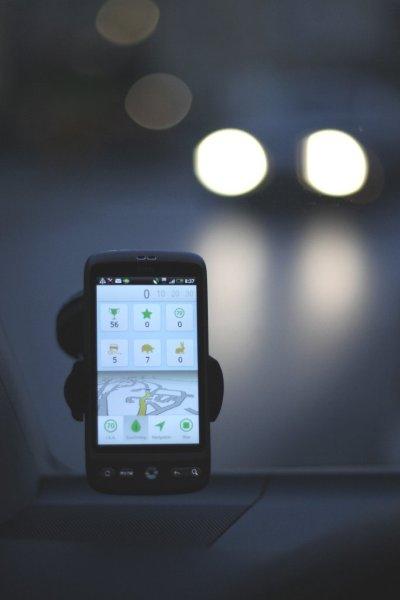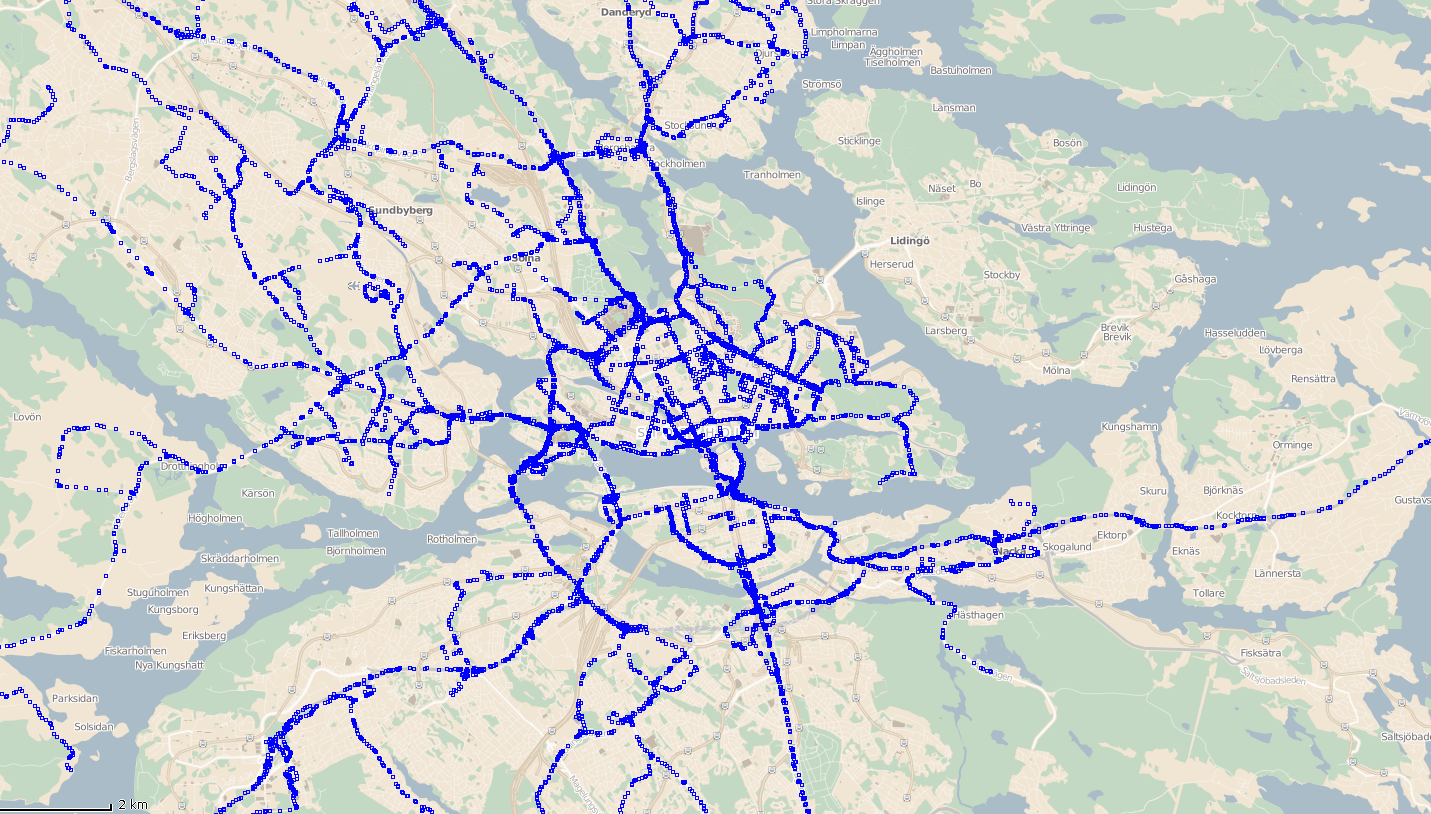Technical Demonstrators
Lyra platform
I have collaborated with SafeLine Sweden AB, researching sensor near signal processing methods for non-invasive condition and fault monitoring of elevators. The research has resulted in a smart sensor node called Lyra, manufactured and sold by SafeLine. The sensor node is characterized by non-intrusive sensing via accelerometers and magnetometers; embedded data processing and storage; and wireless connectivity. This has enabled the construction of a truly "plug-and-play" node that can provide high-level elevator condition information. An overview of the signal processing within Lyra can be found in the paper:
I also developed associate fault detection machine learning software for the server side. The machine learning software is described in the paper:
The OpenShoe platform
As a part of the Indo-Swedish Vinnova-DST project “System för positionering och navigering på kort håll”, I and my colleague J.O Nilsson spent 5 months at Indian Institute of Science, Bangalore, India in 2011. We developed the first version of the OpenShoe experimental platform for research on foot-mounted inertial navigation. The work was documented in the paper Foot-mounted INS for everybody-an open-source embedded implementation. This was also the start of the OpenShoe project and homepage, where all the information needed to reproduce the OpenShoe platform was published open-source. Over the years, several new versions of the OpenShoe platform have been developed, and the platform is now also retailed by GT Silicon Pvt Ltd, India, which has sold +400 units to researchers around the world.
![]()
Illustration of pedestrian tracking using two OpenShoe modules.
The Tactical Locator (TOR)
With the OpenShoe platform as a stepping stone, in 2012, my colleagues and I set out to build the Tactical Locator (TOR) indoor navigation system and demonstrate the possibility of doing infrastructure-free tracking of first responders (That is, the first responders are tracked without any pre-installed infrastructure like radio beacons, Wi-Fi, etc.). The construction of TOR reached its final phase in 2013, and by the end of 2013, we could do the first full-scale tests with firefighters. Thereby, we became, if not the first, one of the first in the world to demonstrate the possibility of doing infrastructure-free navigation and tracking of first responders under realistic conditions and with fully equipped firefighters. The TOR system received the best demonstrator award at the 2014 IEEE Indoor Positioning and Indoor Navigation Conference. The design of the TOR system is described in Cooperative localization by dual foot-mounted inertial sensors and inter-agent ranging
IF SafeDrive
In parallel with my research activities, I co-founded the spin-off company Movelo AB in 2011 to implement and release the Moving Vehicle Logger (MOVELO) campaign. The MOVELO campaign was initiated to deploy a sustainable large-scale smartphone-based measurement system for road traffic probing. It was combined with a commercial usage-based insurance pilot sponsored by the Swedish insurer IF Skadeförsäkringar to make the campaign sustainable. The research conducted at Movelo AB and within the MOVELO campaign has resulted in publications.
-
Insurance Telematics: Opportunities and Challenges with the Smartphone Solution
-
Smartphone-Based Measurement Systems for Road Vehicle Traffic Monitoring and Usage-Based Insurance


Illustration of smartphone app used in the Movelo campaign and traffic data collected.